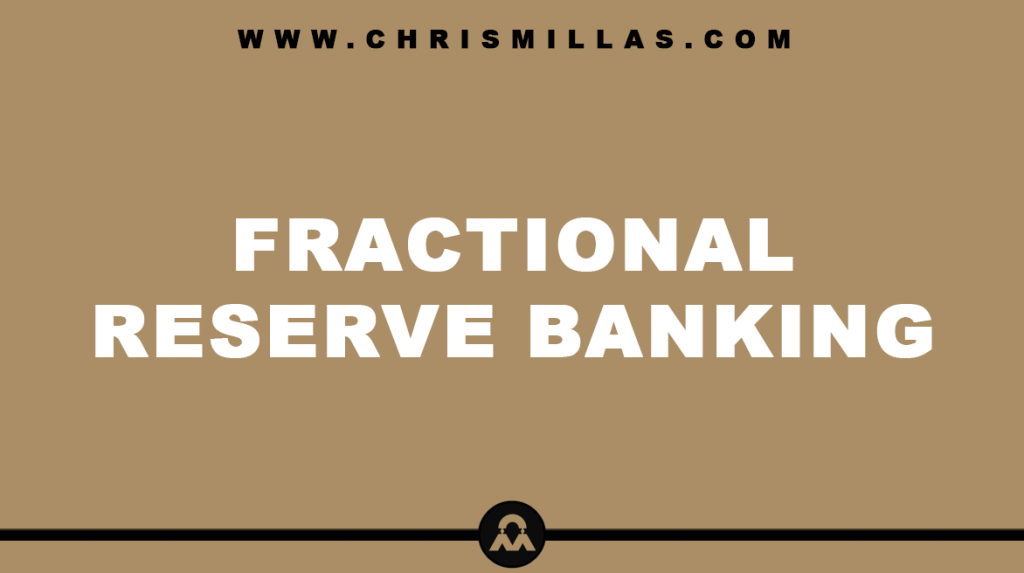In this post, we’ll unpack all you need to know about Fractional Reserve Banking, defining exactly what it is, how it works, how it impacts the economy and more.
What Is Fractional Reserve Banking?
Fractional Reserve Banking (FRB) is a banking system in which banks are only required to hold a fraction of their depositors’ money in reserve, with the rest being free to be lent out to other customers.
FRB is used in most modern global economies. However, the exact reserve ratio can vary by country and is typically set by a nation’s central bank.
How Does It Work?
Let’s imagine a customer deposits £1,000 into their bank. Operating under a fractional reserve system with a reserve ratio of 10%, the bank would keep £100 as reserves and would loan out the remaining £900 to other customers.
The borrower may then spend the £900 at a business, which in turn deposits the money back into the bank. The bank then retains 10% of this deposit of £90 and can loan out the remaining £810. This cycle continues, with each deposit and subsequent loan effectively creating more money within the system.
In essence, Fractional Reserve Banking allows banks to create money through the lending process. However, it’s important to understand that while banks can create money, they also create corresponding liabilities in the form of deposits.
How Does It Impact The Economy?
Fractional Reserve Banking has a substantial impact on the economy in various ways.
- Increased Activity: Since banks can create money through FRB, the money supply increases. This increases economic activity as businesses and individuals have more money to spend.
- Increased Prices: Since banks can create money through FRB, the money supply increases. This can lead to inflation meaning higher prices for goods and services.
- Increased Risk: If too many depositors simultaneously attempt to withdraw their money, banks may not have enough reserves to cover all of the withdrawals.
Summary (TL;DR)
Fractional Reserve Banking is a system where banks are required to keep only a fraction of their deposits as reserves. This permits them to lend out the rest of the money, effectively creating money in the process.
The effects of FRB on the economy include increased activity as the creation of money means people have more money to spend, increased prices due to increased money supply and increased risk due to the threat of bank runs.







